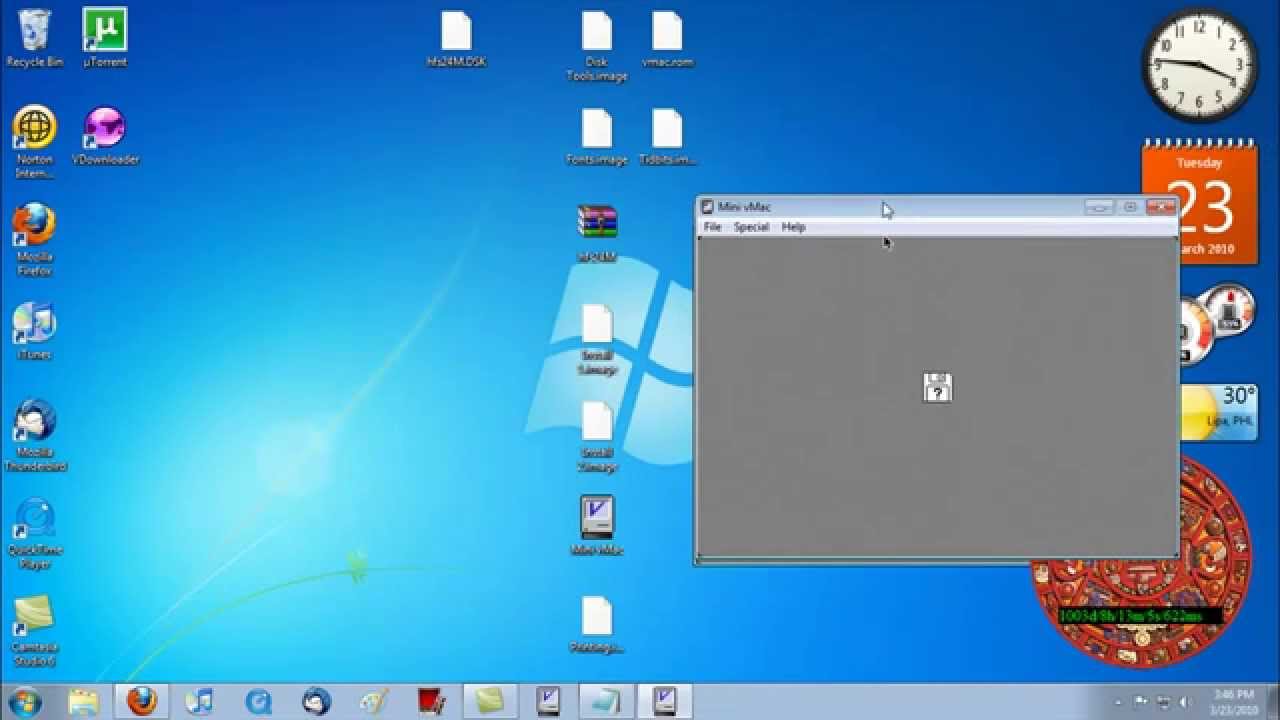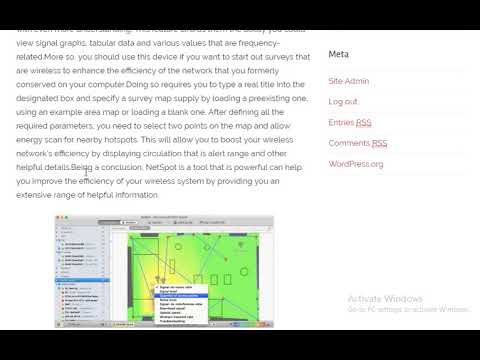

This merely stands for the operating system of choice – Linux, Mac or Windows. You may have also seen the AMP acronym preceded by an L, M or W. The AMP stack is the base for many web applications and content management systems, including Drupal and WordPress. “Stack” refers to the combination of several components needed to run a web application. MySQL is a database application also frequently used in web development. PHP is a scripting language widely used in web development.
#Xampp for mac os x website boy full
The full name of the project is the Apache HTTP Server Project.

You may hear Apache in conjunction with lots of other things – Apache Tomcat, Apache Solr – but generally when someone references just Apache, it’s the web server.
#Xampp for mac os x website boy how to
For the purposes of this series, we’re going to focus on the AMP stack – Apache, MySQL and PHP – and how to install and configure those systems for use in web application development.Īpache is the web server which will serve the pages of your website or application to a browser. I am currently installing dev environments for two purposes: to test some data model changes I want to make on an existing Drupal site and to learn a new language so I can contribute to an application. It’s a great way to hammer on a new application with relatively low stakes.

This series of posts will aim to walk through some basic steps with detail, as well as pass on some tips and tricks for setting up your own local dev box.įirst, what do I mean by a local development environment? This is a setup on your computer which allows you to code and tweak and test in a safe environment. However, the blessing and the curse is that there are many, many tutorials out there attempting to show you how. There are many cases where having a local development environment is helpful and it is a relatively straightforward thing to do, even if you are new to development.


 0 kommentar(er)
0 kommentar(er)
